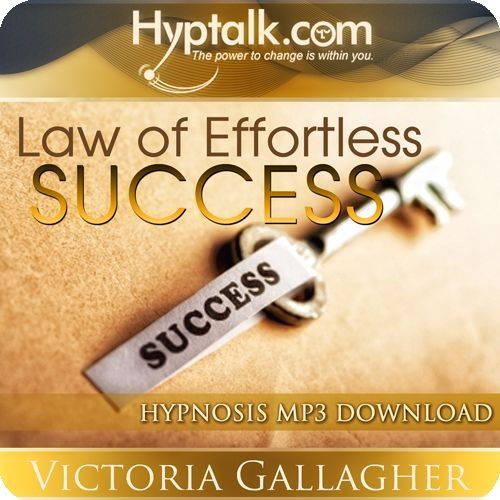

It gives you a state of flow where you are entirely focused, physically rested, mentally energized, and emotionally unburdened. Getting into an effortless state is a critical foundational step. Break things down into achievable tasks, reward yourself for meeting milestones, and consider if what is blocking your achievement is a misguided attachment to outdated regrets and grudges. High achievers control what they can control, so finding ways to handle a challenge is a critical first step. As my grandmother used to tell me, “Stop making a mountain out of a molehill.” In other words, stop, take a breath, and consider which solution offers the least resistance. You can also find recorded glimpses in Loch’s audio training guides: Shift into Freedom: A Training in the Science and Practice of Open-Hearted Awareness and Effortless Mindfulness Now.To achieve an effortless state, we must first stop overthinking problems and making them appear bigger than they are. Then listen to your own voice lead you home. It’s often effective to record the mindful glimpses you like best in your own voice, at a pace that seems right for you.
What is it like to know from your heart?. then, with the next in-breath, let your awareness move from your head down to your heart. But in effortless mindfulness, we first shift into an integrated flow state, and then we can do any task from heart knowing. Most people master the task they are good at to enter the flow state. Intrinsic motivation: whatever produces flow becomes its own reward. Timelessness: being thoroughly focused on the present so that hours seem to pass in minutes. A sense of serenity: no worries about oneself a feeling of going beyond the boundaries of ego. Great inner clarity: knowing what needs to be done and how well we’re doing. Being completely involved in and focused on what we’re doing. Knowing that an activity is doable, that our skills are adequate to the task. Csikszentmihalyi and his team studied the ways people engage in sports, art, music, scientific research, and other tasks in order to enter a state of flow.Ĭsikszentmihalyi points to these seven qualities of flow: In 1990, psychologist Mihaly Csikszentmihalyi, PhD, published his seminal book, Flow: The Psychology of Optimal Experience, based on years of research. Many of us consider flow an optimal way of functioning while doing complex tasks. Flow is one of the most important areas of research in contemporary psychology. You may know a form of effortless mindfulness as “being in the zone” or in a flow state. You can return to your activity, now operating from effortless mindfulness. You can look out of your window at work and, in a few minutes, shift from a sense of feeling worried or fearful into effortless well-being and compassionate connection. Effortless mindfulness is compatible with an active, engaged life since it can be practiced with eyes open, anywhere. In Tibetan Buddhism, effortless mindfulness is sometimes called non-meditation because we discover the spontaneous flow of wisdom and action. There is a Chinese phrase, wei wu wei, often translated as “effortless effort” or “effortless doing,” which is activity that is natural and in harmony with everything. In this age of multitasking, effortlessness may be hard to understand, let alone value. 
When we open into it, we find a new balance between being and doing. Effortless mindfulness is not only experienced during meditation or relaxation.






 0 kommentar(er)
0 kommentar(er)
